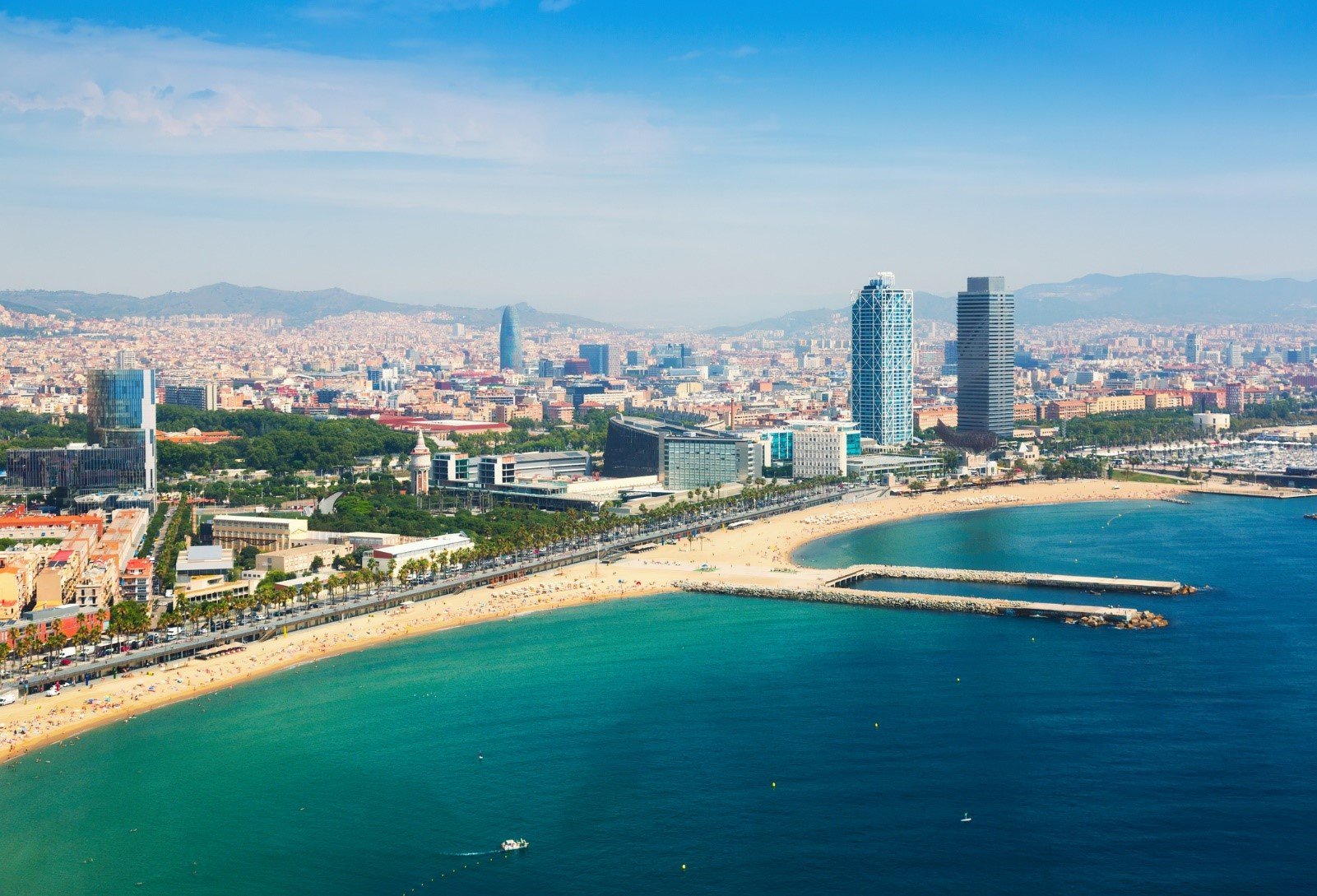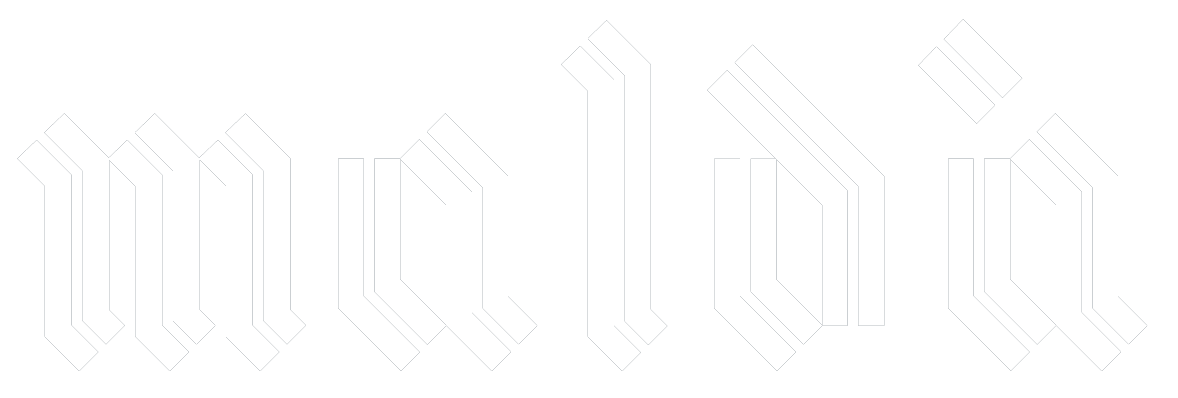
05 Sep What to see in Barcelona in 2 days
Are you planning a quick trip to Barcelona and want to make a short program to visit Barcelona in 2 days? This guide in two days is designed to visit the famous city in 2 days? This two-day guide is designed to discover the top places of one of the most beautiful cities in Europe. Undoubtedly, with its unmissable gastronomy and culture, Barcelona is the perfect place to spend your next weekend getaway.
Take good note of what you can do in a two-day trip to Barcelona!
Day 1: from Gothic Quarter to Gràcia Avenue
Las Ramblas and the Boqueria Market
Start your 2-day tour in Barcelona by discovering its emblematic monuments. In the morning, head to Las Ramblas, just 600 meters from Maldà Singular Hotel, this emblematic avenue of Barcelona connects Plaça de Catalunya (north) with Port Vell (south) along 1.2 km. Terraces, street artists, flower shops and kiosks will accompany you on your way. Along Las Ramblas, you will be able to watch the improvised shows of street performers and pass by emblematic places such as the Canaletas Fountain (where Barça’s titles are celebrated) or the Liceu theater. When Las Ramblas opens to the sea, you will discover the Mirador de Colom, an iconic viewpoint that you can access to discover Barcelona from above. Take your time to stroll around and discover the Catalan atmosphere.
Also going down Las Ramblas, you will arrive at the famous Sant Josep Market, better known as Boqueria Market. This market was inaugurated in 1840 in a former convent. It is worth visiting this market, you can taste many local specialties. It is a very colorful and gourmet market that we recommend you visit in the morning to avoid the crowds. The market is open every day from 8:00 to 20:30, but be careful, it is closed on Sundays!



Las Ramblas Canaletas Fountain Coat of arms at the main entrance to La Boquería
From the Boqueria Market, head down Carrer de la Palla Street towards one of the oldest neighborhoods of Barcelona, the Gothic Quarter, for a little trip back in time, where you will find the historic heart of Barcelona. Narrow streets, gothic style palaces and churches, small art galleries, invite you to stroll unhurriedly among the local stores and restaurants housed in the first floor of the houses. Stroll through the different squares such as Plaça del Rei, Plaça Nova and Plaça de Sant Jaume. Enter the Basilica of Santa Maria del Pi between Plaça del Pi and Plaça de Sant Josep Oriol. Also worth a visit is the MUHBA Museum of History of Barcelona, whose basement is occupied by a Roman city.
Nearby, you will find the Cathedral of the Holy Cross. Built between the 13th and 15th centuries, it is one of the emblematic monuments of the city. Its medieval gothic architecture is impressive. Take your time to admire the facades with relief motifs, the cloister, the chapels and the choir. But the best part of the visit is the roof of the cathedral with its magnificent view over the city.
More information on https://catedralbcn.org/en/



Gothic Cathedral of Barcelona Pont del Bisbe MUHBA Plaça de Rei
Avenue Gràcia
Barcelona in 2 days continues in the afternoon arriving at Gràcia Avenue in the heart of the Eixample, it is like a Champs Elysees made in Barcelona. It is a beautiful avenue lined with department stores and Catalan modernist buildings. Take the afternoon to discover the Casa Milà – Pedrera and the famous Casa Batlló, both works of Gaudi and declared World Heritage Site by UNESCO.
The Casa Batlló is a spectacular building built between 1904 and 1906, next to it in the so-called “block of discord” are located the Casa Amatller, which houses a very important documentary archive, the work of Puig i Cadafalch, the Casa Lleó, and several modernist houses of other authors. And of course, you cannot miss the Pedrera, which, the Casa Milà (1906 – 1912). It is a unique building with a serpentine facade with curved lines that evoke the fantasy of its author during the naturalist period. An authentic emblem of the city that you cannot miss.
To save time and make the most of your visit to Barcelona, we recommend that you buy your tickets to visit La Casa Batlló and La Casa Milà in advance.
After admiring the luxury stores, but especially Casa Batlló and La Pedrera, head to the Plaza de Joan Carles I, in direction of the Casa Fuster hotel, just a few steps away. Its facade is impressive. This jewel of the Catalan architect Lluís Domenech i Montaner symbolizes the spirit of Modernism. Continue to the Vila de Gràcia square. This beautiful square is surrounded by restaurants and a lively atmosphere. It is the ideal place to relax in the sun.



Casa Batlló Casa Milá Casa Ametller
The Sagrada Familia
Finish this first day visiting the emblematic monument of Barcelona: the incredible Sagrada Familia. The Basilica of the Sagrada Familia is the most famous unfinished work and the most ambitious project of the brilliant Catalan architect Antoni Gaudi and has become over the years the emblem of Barcelona, just as the Eiffel Tower represents Paris, Big Ben represents London and the Statue of Liberty represents New York. Construction began in 1882 and is scheduled to be completed in 2026. A true must-see in Barcelona, the famous Sagrada Familia exceeds all expectations. Exceptionally rich, full of symbols, unparalleled technique and craftsmanship, not to mention the beauty once inside. A visit to its interior is just as unique, with the sun shining, the light through its stained-glass windows is a true spectacle.
In addition to visiting the basilica, it is possible to climb one of the two towers:
- The Nativity Tower illustrating the birth of Christ,
- The Tower of the Passion illustrates the passion, death and resurrection of Christ.
To save time and make the most of your visit to Barcelona, we recommend you to buy your tickets in advance.
 Panoramic view of the Sagrada Família of Barcelona
Panoramic view of the Sagrada Família of Barcelona
Day 2: between sea, arquitecture and culture
Güell Park
For this second and last day in Barcelona, take a little height in the neighborhood of Gràcia, in the Güell Park, built by the famous Catalan architect Gaudí between 1900 and 1914. The park is named after Eusebi Güell, a wealthy businessman who was passionate about Gaudí’s work and was one of his main patrons. Although the original idea was to build a luxury residential complex, over the years this idea was aborted and a fairy-tale park was built instead. The park was built following the architectural style that made Gaudí famous: Catalan modernism. Covering an area of 19 hectares, you will find rounded shapes, wavy lines and structures covered with rainbow-colored mosaics and iron railings that combine to create a magical space in every sense of the word. Since 1984, it has been a UNESCO World Heritage Site. On site, you will discover a magnificent view of the city from the terrace. On the way down, you will be able to see the Hall of the Hundred Columns and the famous Salamander mosaic. If you have a moment, you can go to the house where Gaudí spent his last days, which is now a museum.
To save time and make the most of your visit to Barcelona, we recommend you to buy your tickets in advance.


 Güell Park Hall of the Hundred Columns Salamander
Güell Park Hall of the Hundred Columns Salamander
The Turó de la Rovira
The next stop is the hill of La Rovira which is just over 1 km from Park Güell. The Turó de la Rovira, perhaps the most beautiful view of Barcelona, was once a military base with anti-aircraft defense against fighter planes. The Carmel Bunkers was installed in 1937 to protect Barcelona in the middle of the Civil War. Today, this 360-degree viewpoint offers the most incredible view of the city. With views of almost all of Barcelona, this place is a must-see.
 Carmel Bunkers
Carmel Bunkers
Barceloneta
After this sporty climb, enjoy the beach and the sun (weather permitting). Then go to Barceloneta beach, the closest to the city center. It is a very nice area to enjoy the sun from one of the many beach bars and restaurants.
 Barceloneta beach
Barceloneta beach
Ciutadella Park and Born Quarter
To end the day, take advantage of the afternoon to stroll through the Ciutadella Park. This large park of about 17 hectares forms a green oasis near the historic area of Barcelona. Ciutadella Park is considered the lung of the city, like New York’s Central Park. Ciutadella Park was originally built as a military citadel in the 18th century, but finally became a public park in 1877. The park’s beautiful design was inspired by the famous Bois de Boulogne in Paris, and includes a variety of gardens, ponds and fountains. It is the ideal place for a relaxing picnic, a leisurely stroll or a fun day out with family and friends.
The Cascade Fountain
One of the most emblematic elements of the park is the Cascade Fountain, a magnificent monument designed by Josep Fontserè and his pupil, Antoni Gaudí. The fountain was inspired by the Trevi Fountain in Rome and features a majestic bronze chariot pulled by seahorses.
 The Cascade Fountain
The Cascade Fountain
The zoo and the lake
In addition to its natural beauty, Ciutadella Park is home to a zoo and a picturesque lake. The zoo is home to more than 7,000 animals of 400 different species, including giraffes, lions and gorillas. The lake is a popular spot for boating and paddle surfing, and offers breathtaking views of the park’s lush vegetation
 The lake of the Ciutadella Park
The lake of the Ciutadella Park
Next, you will finish your discovery of Barcelona in the El Born district. El Born, a district of Barcelona rich in history and modernity, full of old, winding, cobblestone streets, lined with Gothic buildings, tapas bars and other trendy restaurants. Violin makers, master glassmakers and fashion designers constantly rub shoulders here, reinforcing the paradoxical images of this city at once traditional and modern. The Born neighborhood is also home to some of the city’s best-known museums, such as the Picasso Museum and the Palau de la Música Catalana.
The Palau de la Música Catalana
The Palau de la Música Catalana is the best symbol of modernism in Barcelona. As you approach the site, you will see a façade subtly decorated with mosaics and flower-shaped capitals. Inside, the auditorium has a painted ceiling that cleverly borders a glass roof. The palau is open from 9:30 am to 9 pm from Monday to Saturday and from 10 am to 3 pm on Sundays and holidays.


Interior of the Palau
Renovated in 2005, this market, located in the heart of the old El Born district, is the latest addition to the city. The architecture of its colorful corrugated roof is unmistakable. You will find fruits and vegetables, but also more specific products such as Jabugo ham.

Santa Catarina Market
The church of Santa Maria del Mar
This church is immediately recognizable by its two octagonal towers on the façade, which can already be seen from a few blocks away. In the purest tradition of the Gothic style, two buttresses frame the rose window and convey the amplitude of the dome. The Basilica is open from Monday to Saturday from 9:00 to 13:00 and from 17:00 to 20:30, and on Sundays from 10:00 to 14:00 and from 17:00 to 20:00.
 Iglesia de Santa Maria del Mar
Iglesia de Santa Maria del Mar
Finally, if you have time left and you are a soccer fan, be sure to visit the Camp Nou! The stadium where FC Barcelona has been playing for more than 60 years. During your stay in Barcelona, you can immerse yourself in the history of one of the most successful clubs in Europe and discover this stadium with a capacity of almost 100,000 people and where legendary players such as Messi, Iniesta, Ronaldinho, Eto’o, Cruyff, Maradona and many others have played.
 Camp Nou
Camp Nou
Barcelona is a city full of life and energy, with a multitude of places to visit. If two days are not enough time to see it all, this guide will help you identify the most emblematic places in Barcelona. However, you can adapt the itinerary to your own interests and preferences. In any case, enjoy your visit!
What did you think of this 2-day tour of Barcelona, would you recommend it, have you done it, did you discover anything we didn’t include?
 655 789 186
655 789 186


No Comments